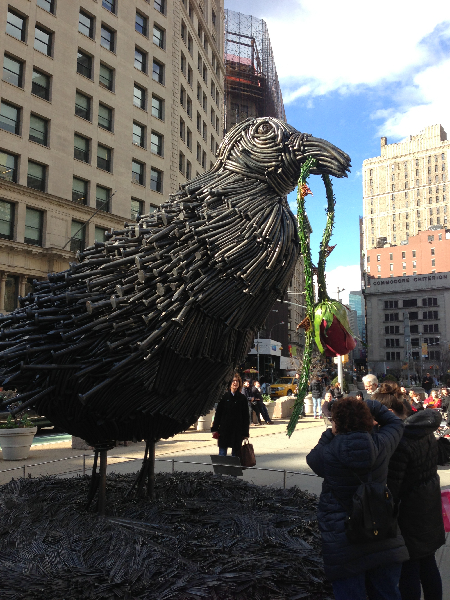For my Revolution and Napoleonic Politics class, we have studied 3 artists: Jacques Louis David, Antonio Canova, and Francisco Goya. Goya really went to the dark side with his paintings, and particularly his prints, which were made for private use or limited production as series.
The most famous series are Los Caprichos (The Caprices) from 1799 and The Disasters of War, published well after Goya’s death, in 1863. Only then was the Spanish world safe enough to endure Goya’s critique. Both show the brutal, the superstitious, and the crude, as well as the senselessness of the abuse of power in whatever form.
Several of my classmates work at the Museum of Modern Art, which surprisingly holds both these series plus the lesser known Los Proverbias, printed in 1904. The prints came to MoMA as part of a larger gift of illustrated books, and all three are in immaculate condition. The prints are luscious in tone, almost sensuous in saturated ink.
Francisco Goya
The Sleep of Reason Produces Monsters
Los Caprichos
1799
But they can be pretty hard to look at. So why was I so excited to get to see them in person? Well, I guess I want to seize every opportunity to see original works of art, even when they are unpleasant. This exposure is one of the joys of being in New York.
This is probably the most famous image from any of the series.
You can see why he inspired the Surrealists.
As our professor noted, Goya could make the most beautiful, “Academic” body, even when displayed in such horror. That juxtaposition and their timelessness are what make the works relevant today.











